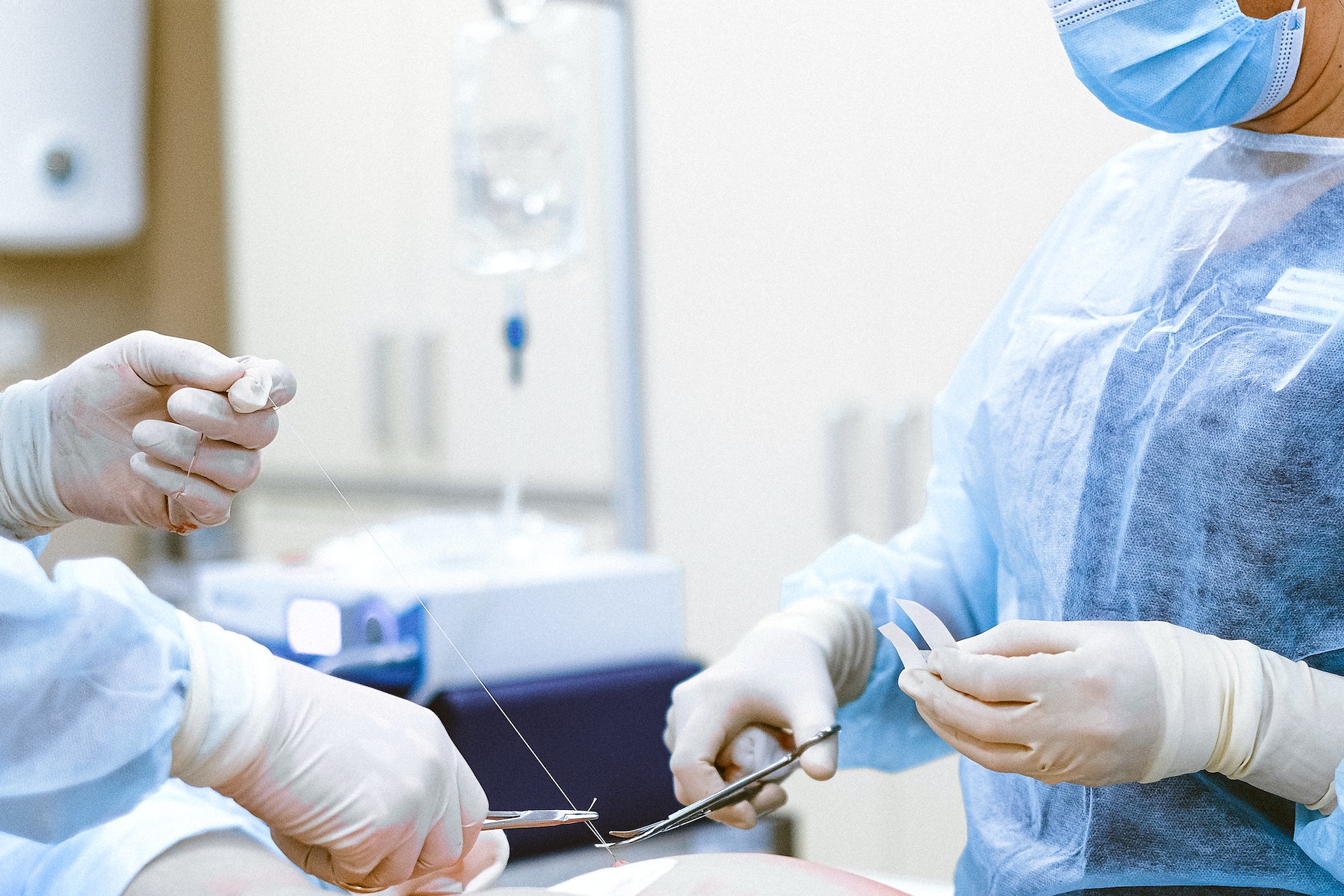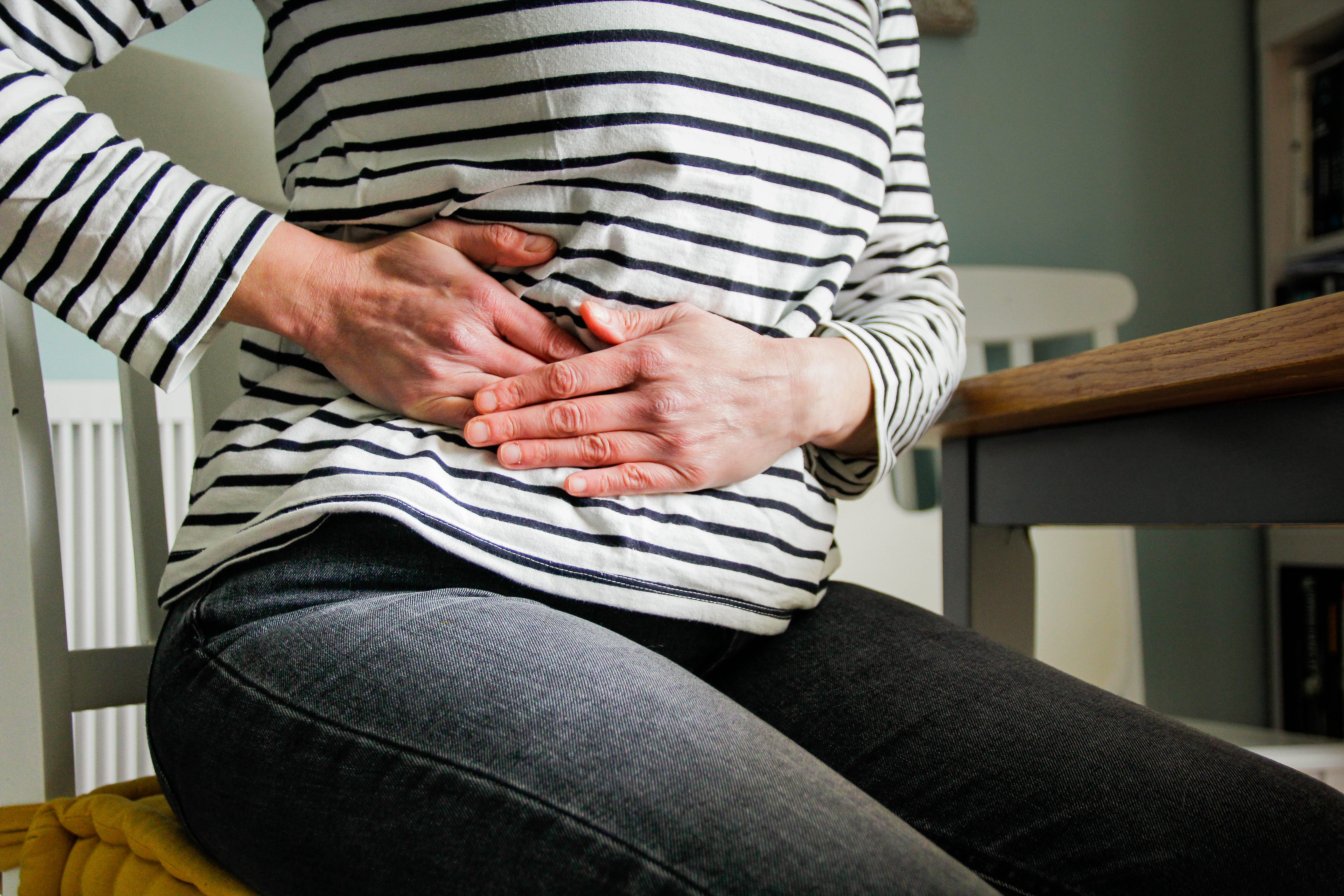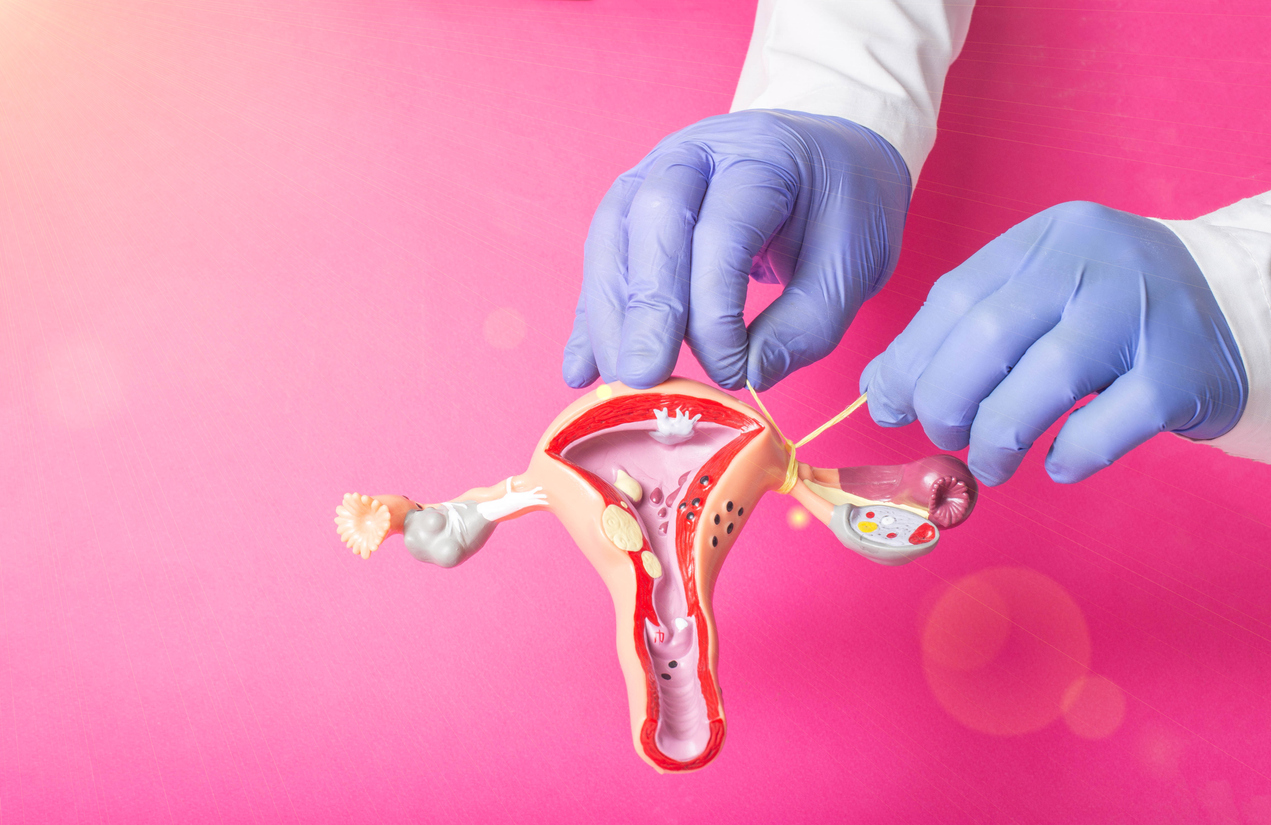Hormones play a key role in urogynaecological health. Hormones affect the muscles, tissues, and organs in the pelvic area, including the bladder, uterus, and vaginal tissues. The levels of hormones in the body can change due to factors such as pregnancy, menopause, and hormonal...
A surgical treatment called cervical cerclage is done during pregnancy to strengthen the cervix and lower the chance of an early birth or miscarriage. Women who have a history of cervical insufficiency (an incompetent cervix) or other preterm delivery risk factors frequently receive this...
A medical technique called endometrial ablation aims to considerably lessen or eliminate the symptoms of menorrhagia, or excessive or irregular uterine bleeding. When alternative conservative treatments or medications fail to control heavy monthly bleeding, it is frequently explored as a therapy option. What is...
The surgical treatment of “getting your tubes tied,” also known as tubal ligation, is exceedingly successful at preventing conception. In order to stop sperm from fertilizing your eggs, you must cut, block, or seal off your fallopian tubes. The fallopian tubes are referred to...
Uterine fibroids, often referred to as leiomyomas, are removed from the uterus through a technique called a myomectomy. Growths called fibroids are composed of muscle and connective tissue cells. They could show up inside your uterus or outside of it. They are often benign...
An oophorectomy is a surgical procedure to remove one or both of your ovaries. The reproductive glands in your ovaries produce hormones that regulate your menstrual cycle and support bone and heart health. Additionally, ovaries house and aid in the development of the fertilized...
The surgical removal of the uterus and, most likely, the cervix is known as a hysterectomy. A hysterectomy may involve the removal of nearby organs and tissues, including the ovaries and fallopian tubes, depending on the purpose for the operation. During pregnancy, a fetus...







